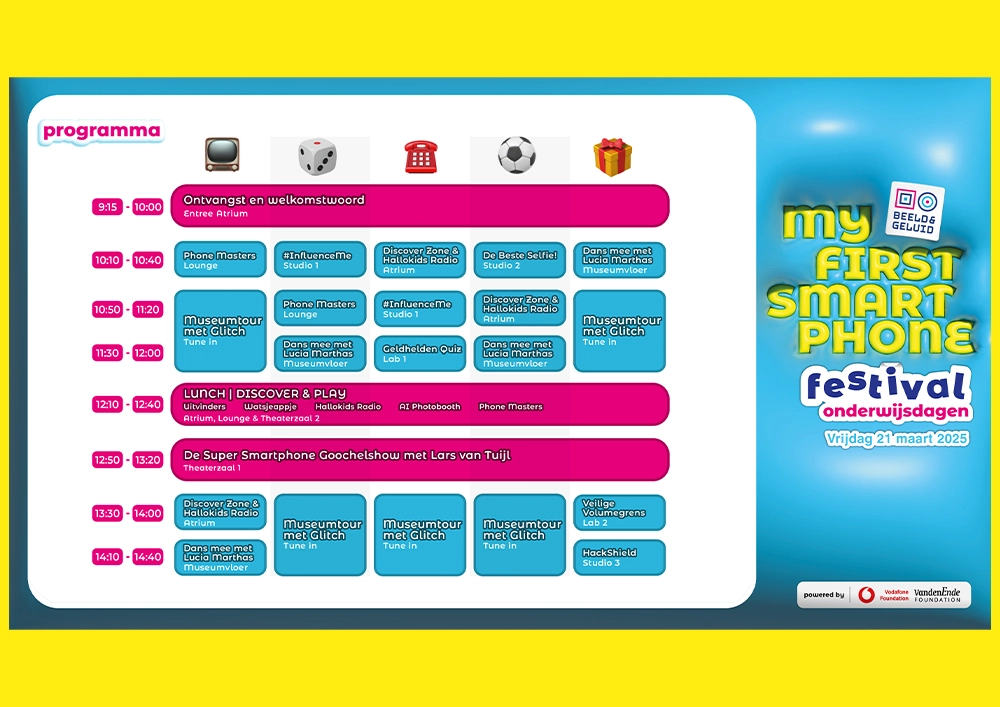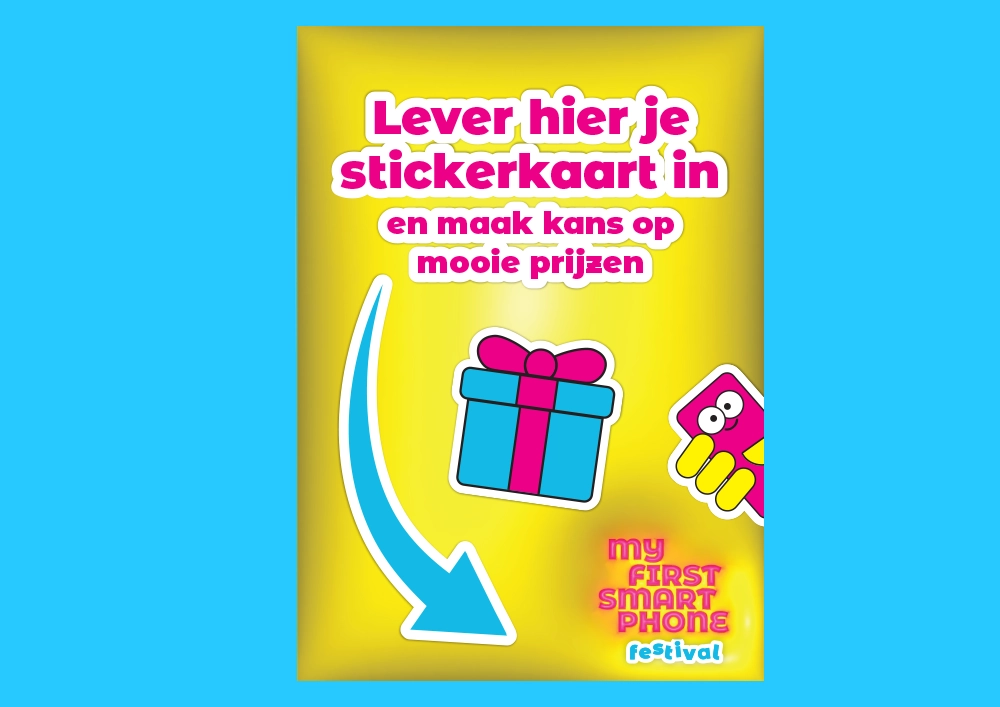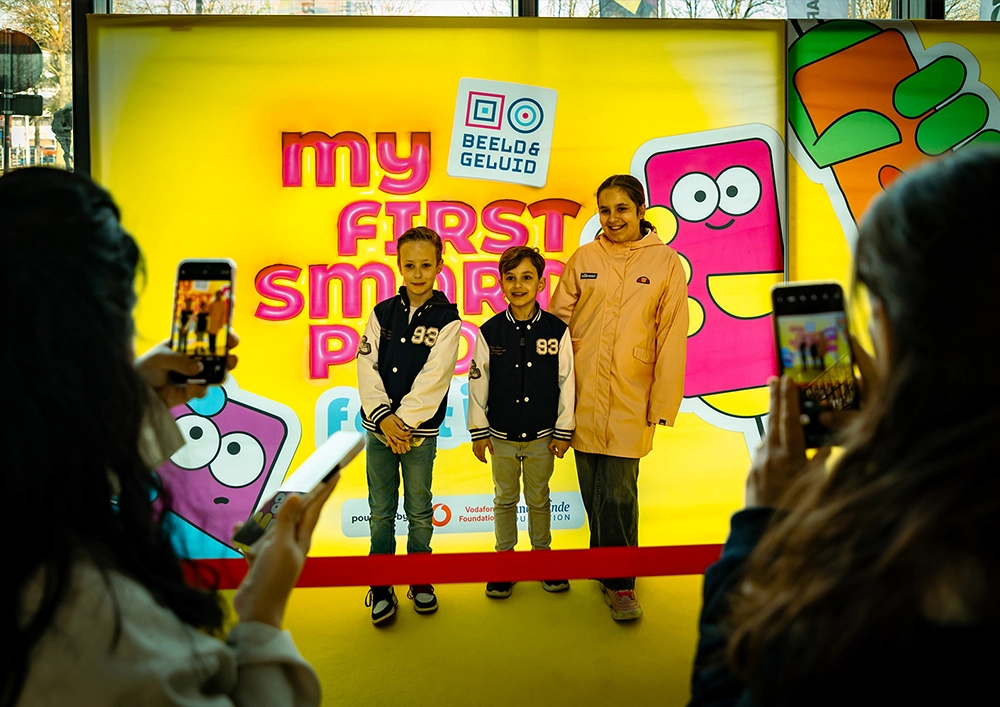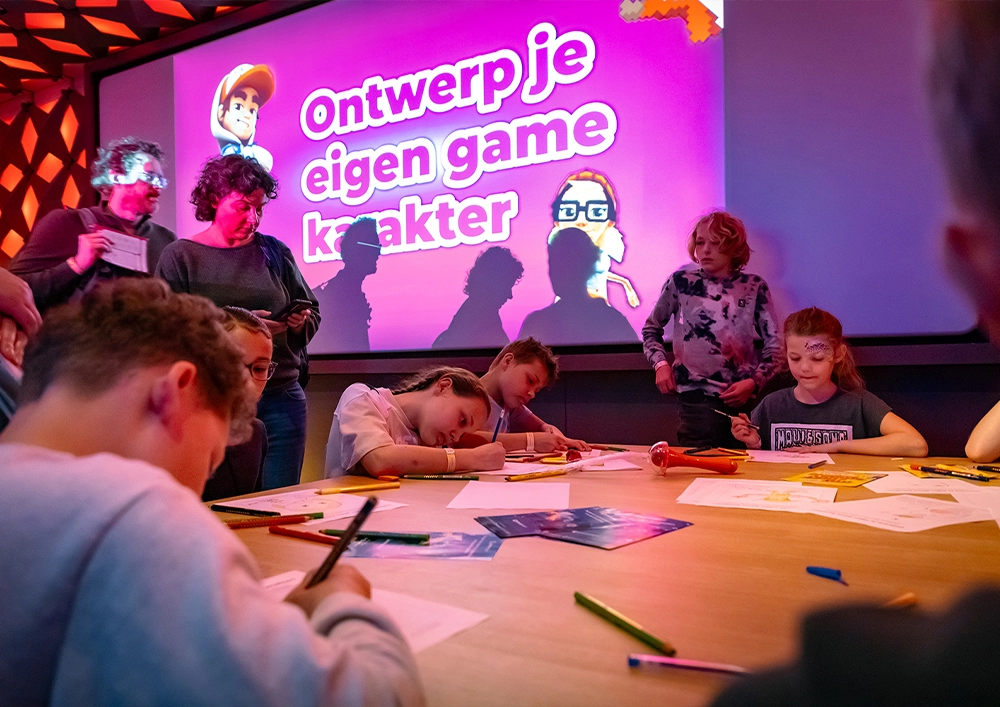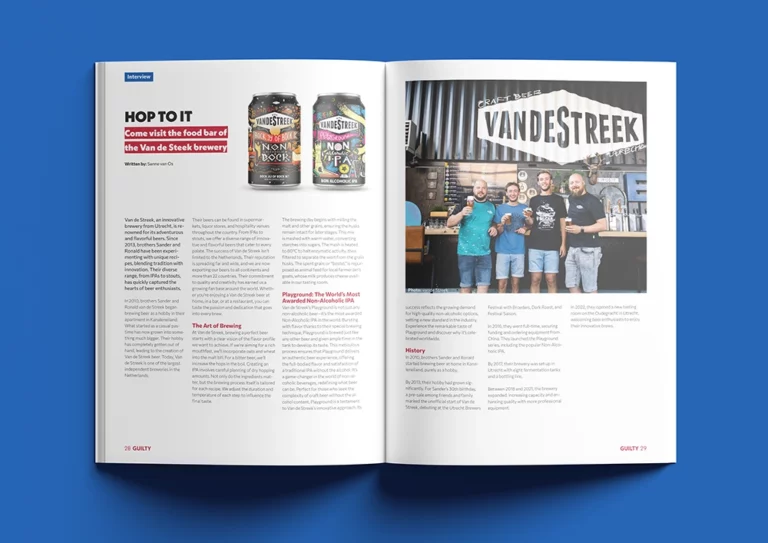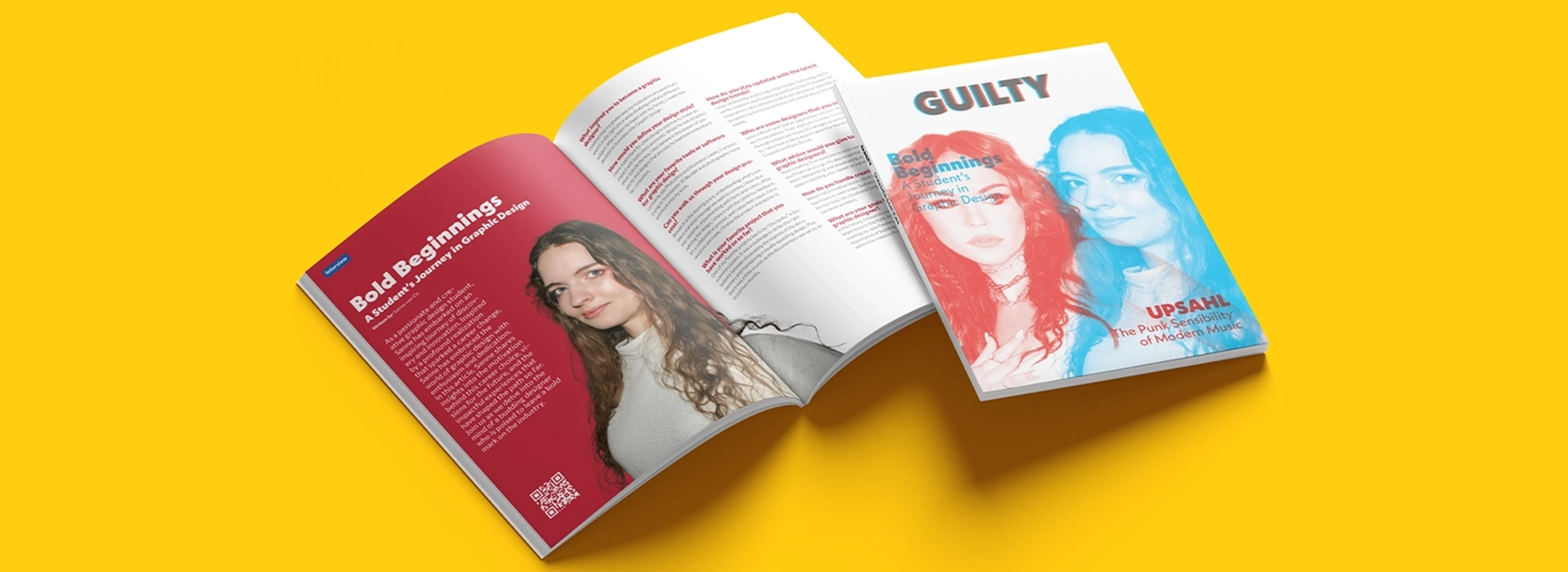
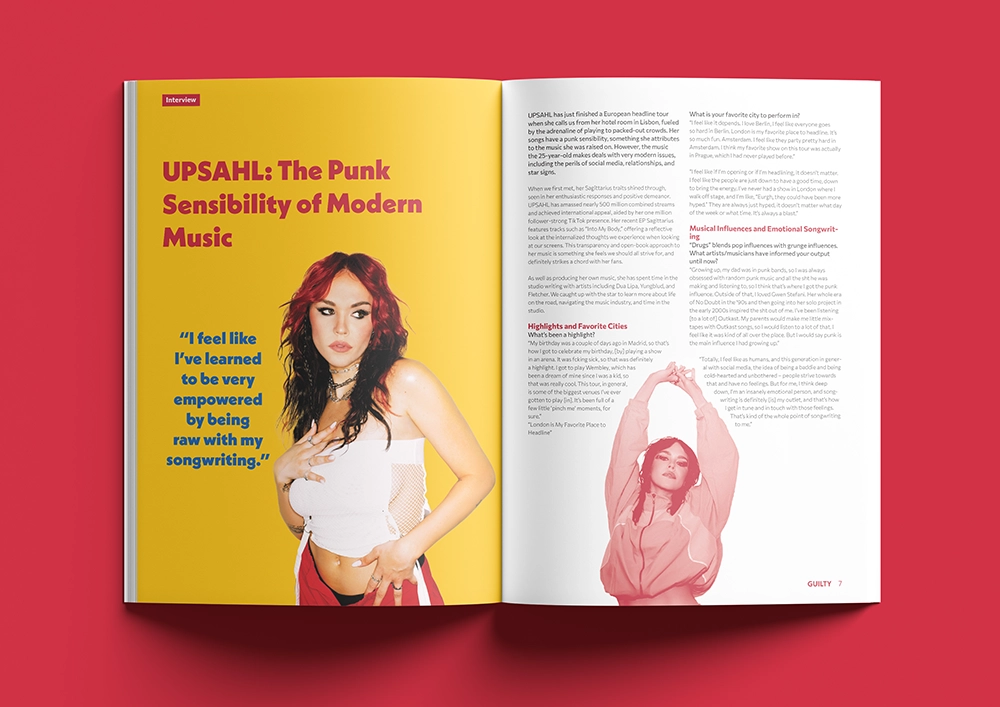
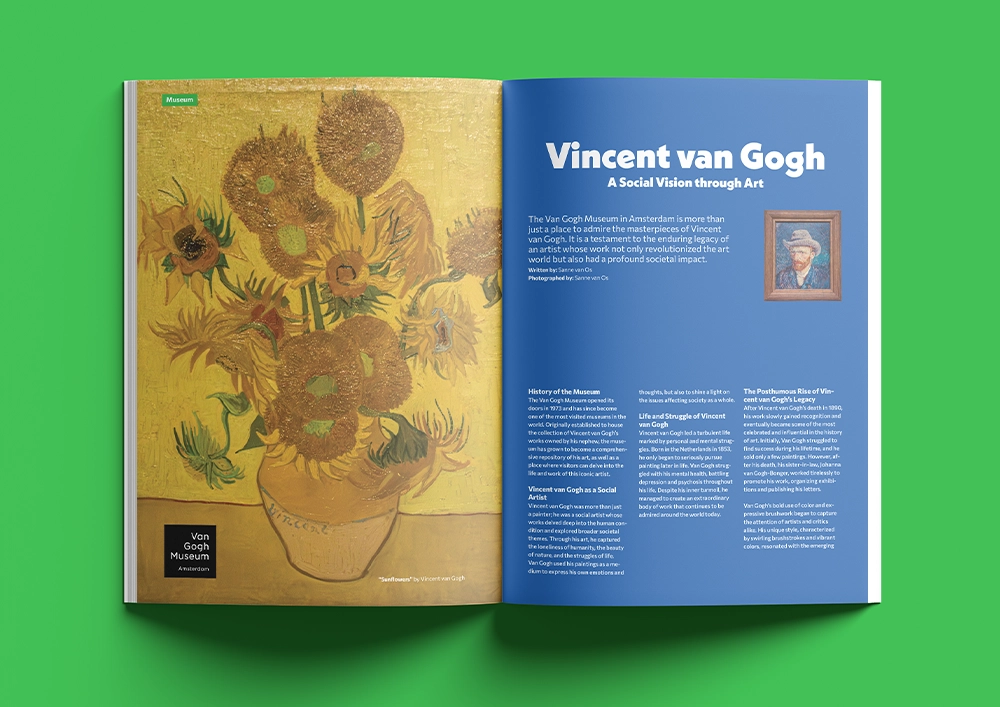
Guilty
Guilty Magazine was designed and published as a one-off summer special for the Dutch government by DPG Media, with a remarkable print run of 9 million copies. The magazine celebrates the season’s guilty pleasures—from entertainment and food tastings to fun sports and recipes—encouraging readers to indulge without reservation.
The cover design draws inspiration from Carnovsky’s chromatic art, using a two-color system of red and blue to create an interactive visual experience. Through colored filters, different elements become prominent: blue filters reveal red components, while red filters bring blue elements to the foreground. This dynamic approach transforms the cover into an engaging, playful introduction to the magazine’s content.
Original photography was captured at the Museum of Myself and the Van Gogh Museum, with each image meticulously photographed and edited in Photoshop to create freestanding visuals. The magazine’s content flows through distinct sections—art, personal narrative, drinks and food, gaming, and DIY projects with puzzles—each thoughtfully curated with complementary colors and layouts to guide readers through a seamless, engaging experience that captures the spirit of summer’s most enjoyable indulgences.
SKP van Os, 2023
Disciplines: Print, Editorial Design, Photography
